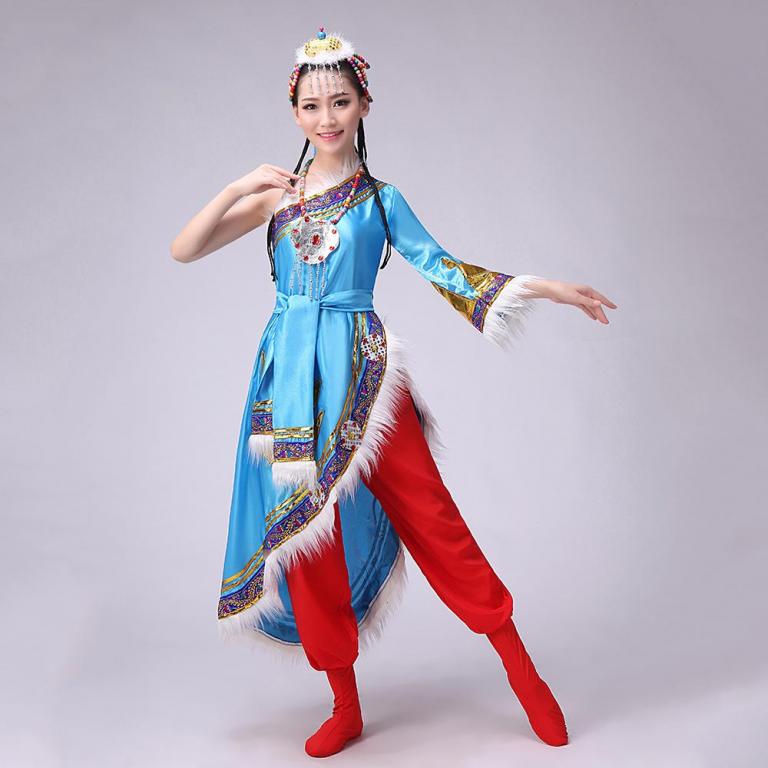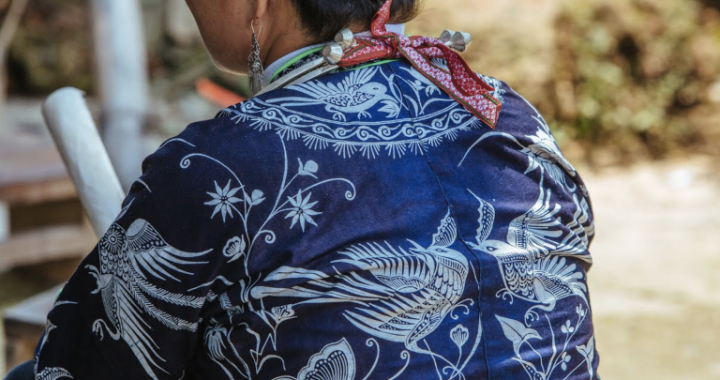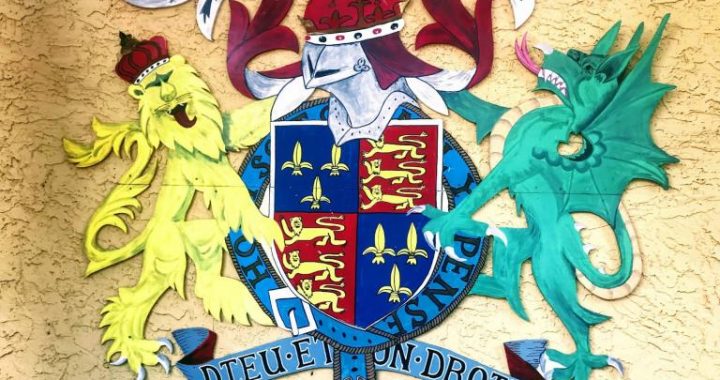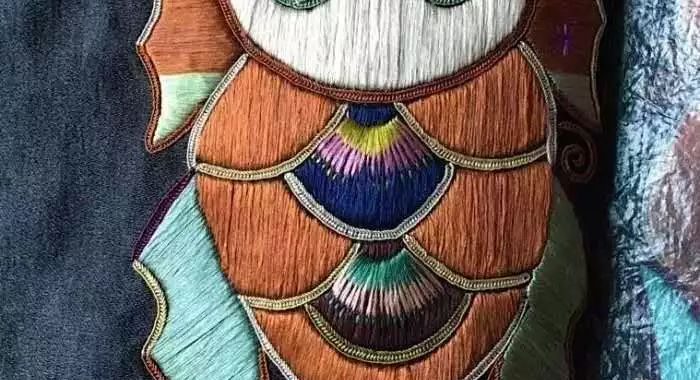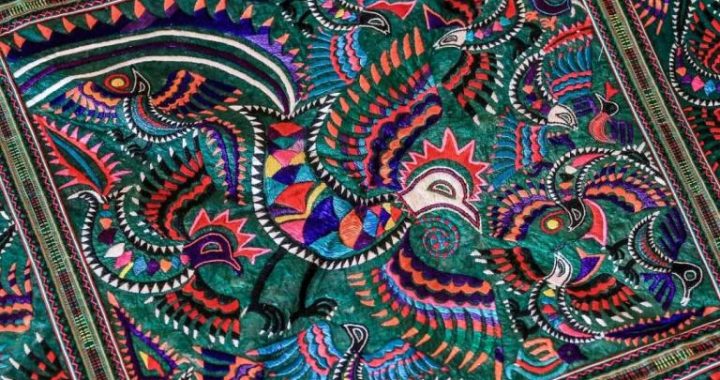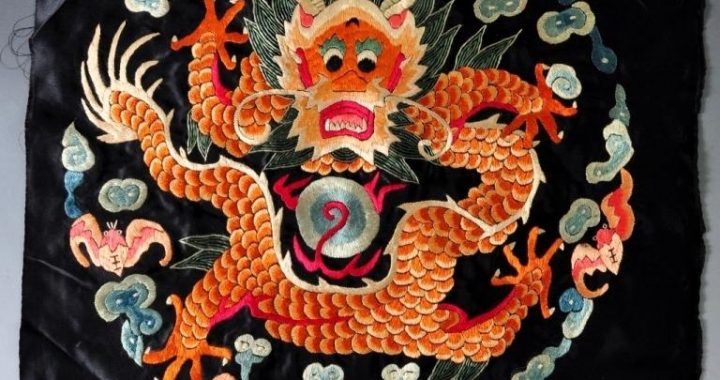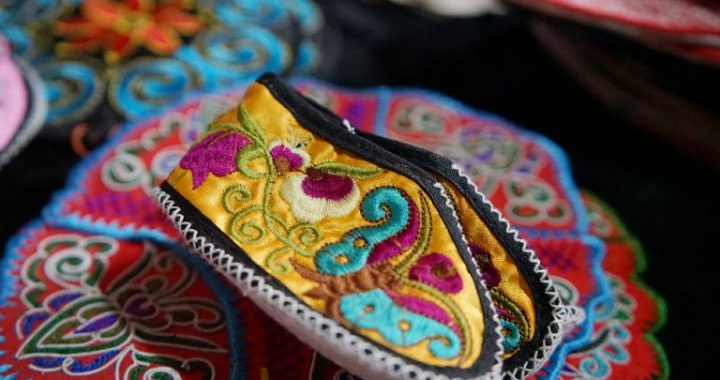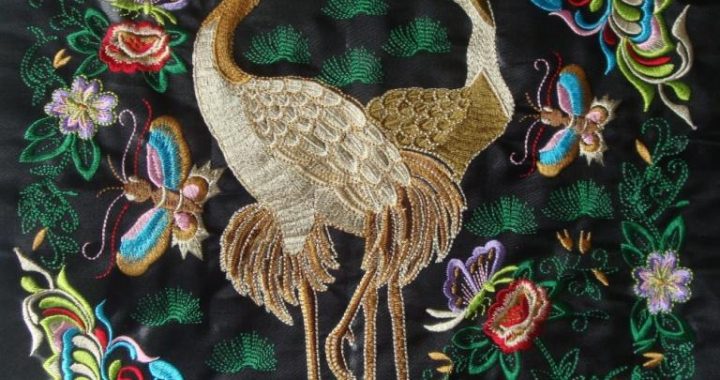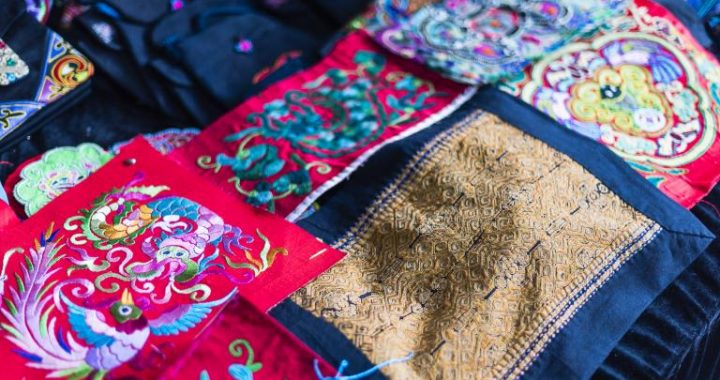Clothing of Ethnic Minorities in China
5 min readThere are 56 ethnic minorities in China and each has its own special clothing.It is impossible to cover the clothing of all ethnic minorities here,so five major ethnic minorities’attires will be introduced:that of Inner Mongolia,Ningxia Hui,Guangxi Zhuang,Xinjiang Uygur,and Tibet Autonomous Regions.

Mongolian Clothing
The Deel is the Mongols’traditional costume worn by both men and women all year round.It is a long,loose robe with a high collar and long sleeves to repel mosquitoes in summer and chillness in winter.The middle part of the robe is made loose for the convenience of riding horses.The Deel is often matched with a belt,which is more than an ornament and serves to facilitate horse riding.Men usually attach the belt with ornaments,such as a sheath knife,a tobacco pouch,a flint and a snuffbox.In summer,the Mongols wear deels made of plain cloth without padding.During spring and autumn,they put on a slightly padded deels.In the cold winter,the deel is padded with cotton or wool.
Generally speaking,the deel for men and that for women are similar.The difference is that male deels are wider in form,and men usually wear deels in blue and brown,women in red,pink,green,and sky blue.Different branches living in Mongolia have their own deels,distinguished from others by cut and color.The distinctions are unnoticed by foreigners,yet obvious to the Mongols.
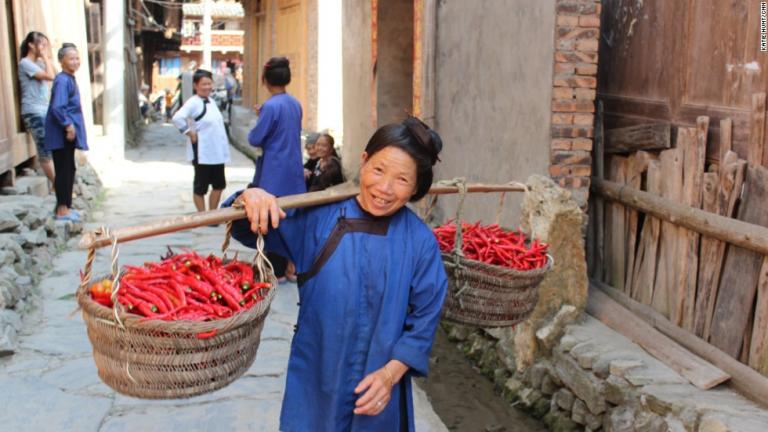
Hui Clothing
Hui is one of the largest ethnic minorities of China.Hui people are scattered all over China,with the majority living in Ningxia,Gansu,Qinghai and Xinjiang.Traditional Hui clothes for men are white shirts,black or brown vests,and dark trousers,showing elegance and sobriety.Women usually wear long shirts of plain color and dark trousers.Young women wear short vests outside the long shirts,and older women wear long vests.
Hui people believe in Mus lim and attach great importance to hats.Men must wear skullcaps,usually white and black.One reason is that according to the Muslim doctrine,followers may not expose their heads.The other reason is that while praying,Hui people must touch the floor with their forehead and nose.Only the skullcap can fulfill these two requirements.Women cover themselves with veils.Believers of different sects of the religion distinguish themselves by the shape of the hats they wear.There are hats in the shape of pentagons,hexagons,octagons and so on.Women wear veils,which differ in different sects of the religion,and by area and age.
Most women only cover their hair and neck with veils,but some cover the mouth and nose,exposing only the eyes.Unmarried women wear green veils,middle-aged women wear black veils,and those over 60 wear white veils.
Zhuang Clothing
The Zhuang ethnic minority is China’s largest minority group.Most of the Zhuang people live in the Guangxi Zhuang Autonomous Region,and the rest settle in Yunnan,Guangdong,Guizhou and Hunan Provinces.Modern Zhuang clothing is similar to Han clothing.But traditionaldresses are still worn for special occasions.The Zhuang people prefer black and blue.There is little difference for men’s wear comparing to the Han style.Men usually wear black jackets and loose knee-length trousers.However,the women have different styles according to different areas.For example,women living in northwest Guangxi usually wear collarless,embroidered jackets buttoned to the left along with loose,wide trousers,or pleated skirts and embroidered belts.Women from southwest Guangxi prefer collarless jackets buttoned to the left with black square headbands on the head and loose trousers.Silver ornaments are popular among Zhuang women,including silver earrings,bracelets,hairpins and necklaces.
Uygur Clothing
The Uygur people like to wear cotton clothes.Typically men wear a knee-length robe,called Jia Pan. It has a slanted collar and opens on the right side.Jia Pan is without buttons,so men wear a long,triangularly folded cloth as a waistbelt.Men usually wear a white shirt and trousers to go with Jia Pan.Elder men and religious men usually wear Jia Pan without a waistbelt and wrap their heads with a long white cloth.
Women prefer wearing broad-sleeved dresses with a dark,tight vest.Decorations such as earrings,bracelets and necklaces are women’s favorites.Young girls comb their hair into a dozen plaits.Some married women wear two plaits with loose ends,decorated with a crescent-shaped comb on the head.Some tuck up their plaits into a bun as the traditional Han women do when they get married.
Like Hui people,most Uygur people believe in Islam.Muslims attach great importance to hats,and Uygur people are no exception.Hats with four pointed corners are common among Uygur people of different genders and ages.The hats are embroidered with black and white or colored silk threads in traditional Uygur designs.In addition,the hats are decorated with other ornaments,such as various types of beads.
Tibetan lothing
No matter what gender or age,Tibetan people wear Tibetan robes,which have long sleeves and no pockets or buttons.Because of the changing weather in Tibet,people there wear long robes all year round.When it is hot,people like to take off the right sleeve and tie it around their waists.The robe is longer than the wearer’s height,and when worn the waist is lifted up and fastened with a belt.Besides robes,women wear a long apron,called Bang Dian in Tibetan,outside the robes.The apron is tied around the waist and hung from the front of the waist to lower hem of the robe.The apron is sewn by three separate vertical pieces and on each piece there are colorful horizontal striped patterns.The apron looks glamorous,using bright colors such as scarlet,blue,lemon yellow,and purple.
In the past,Tibetan men had plaits wrapped around the head.Men nowadays usually have short hair.Generally speaking,women have long hair down to the shoulder and make it to two plaits or multi-plaits.Both men and women in Tibet wear a variety of adornments,ranging from necklaces to bracelets.For example,men usually tie broadswords,flints,snuff bottles and silver coins.Women usually wear gold,silver and copper decorations in their plaits and strings of metal coins around their waist.Accessories are symbols of wealth and beauty in Tibet,and no matter how poor a family may be they will wear jewelry to boost their confidence.
With the improvement of transportation between minorities and the hinterland,exchanges ofvarious articles flourish,and clothing as a necessity in life is no exception.Nowadays,an increasing number of ethnic minority people wear Western-style clothes in their daily life just as the Han people do.The traditional clothes can only be seen during festivals and special occasions.As globalization spreads worldwide at an astoundingly fast rate,the minorities are facing the problem of preserving their traditional clothing as a part of their cultural heritage.
